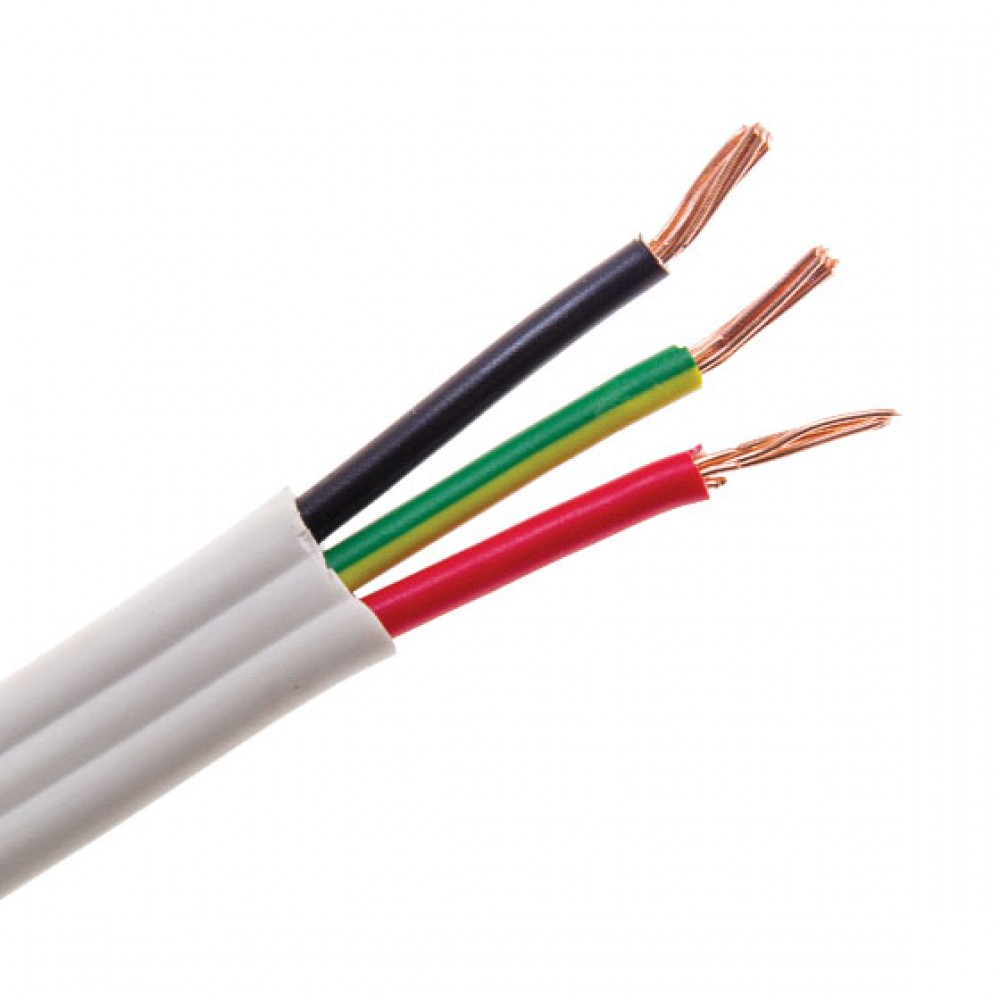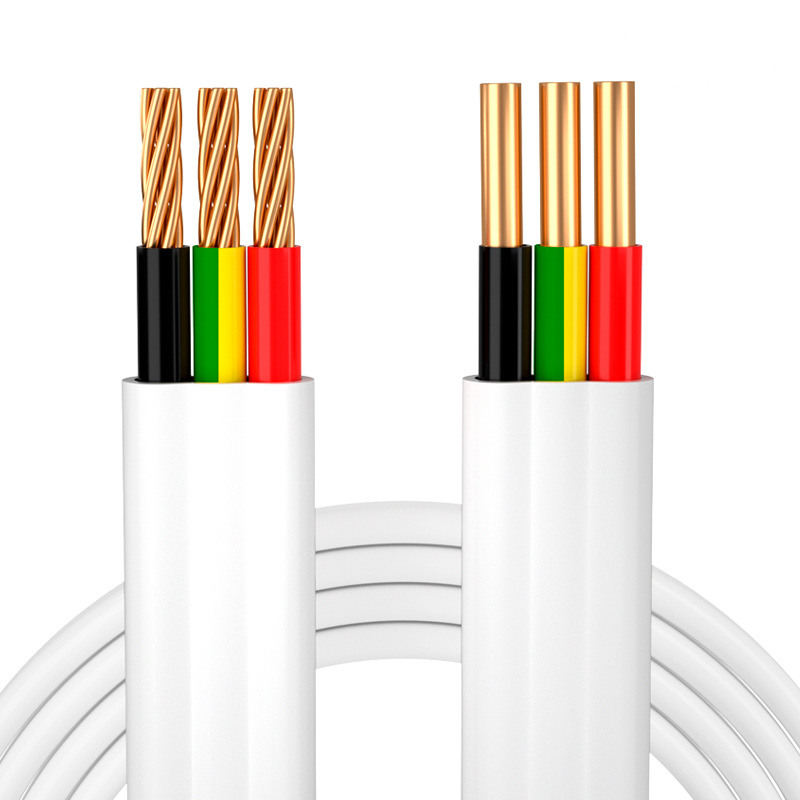Understanding The Different Types Of Power Cable And Their Applications In Industry And Home Use
 Apr 23,2025
Apr 23,2025

 Suke
Suke
Power cables are an essential component of modern electrical systems, serving as the lifeline that delivers electricity to industries, homes, and various devices. Understanding the different types of power cables and their applications is crucial for ensuring safety, efficiency, and reliability in both industrial and domestic settings. Whether you're an engineer designing a complex industrial setup or a homeowner looking to upgrade your wiring, knowing the right type of cable for the job can make all the difference.
The world of power cables is vast and varied, with each type designed to meet specific requirements. From heavy-duty cables used in factories to flexible cords powering household appliances, the choices are numerous. This article delves into the different types of power cables, their unique features, and their applications in industry and home use, providing you with the knowledge to make informed decisions.
Types of Power Cables Based on Construction
Power cables can be categorized based on their construction, which determines their durability, flexibility, and suitability for different environments. One common type is the non-metallic sheathed cable (NM), often used in residential wiring. NM cables are lightweight, easy to install, and typically consist of two or more insulated conductors wrapped in a plastic sheath.
Another type is the armored cable (AC), which features a metal sheath for added protection against physical damage. AC cables are commonly used in industrial settings where cables are exposed to harsh conditions. The metal sheath not only protects the conductors but also acts as a grounding path, enhancing safety.

Applications in Industrial Settings
In industrial environments, power cables must withstand extreme conditions, including high temperatures, chemical exposure, and mechanical stress. One widely used cable in industries is the thermoplastic elastomer (TPE) cable, known for its flexibility and resistance to oils and chemicals. These cables are often found in manufacturing plants and automation systems.
Another critical type is the mineral-insulated copper-clad (MICC) cable, which is fire-resistant and can operate at very high temperatures. MICC cables are commonly used in hazardous areas, such as petrochemical plants, where fire safety is a top priority. Their robust construction ensures uninterrupted power supply even in the event of a fire.
Applications in Home Use
In residential settings, power cables need to be safe, easy to install, and capable of handling everyday electrical loads. The most common type is the Romex cable, a variant of NM cable, which is used for general wiring in homes. Romex cables are cost-effective and meet the safety standards required for household electrical systems.
For appliances that require higher flexibility, such as vacuum cleaners or lamps, flexible cords like the SJT (hard service cord) are used. These cords are designed to withstand repeated bending and twisting, making them ideal for portable devices. They are also available in various lengths and gauges to suit different power requirements.
Specialized Power Cables
Some applications demand specialized power cables tailored to unique needs. For instance, underwater cables are designed with multiple layers of insulation and shielding to prevent water ingress. These cables are used in submersible pumps and marine applications, where reliability is paramount.
Another example is the coaxial cable, which is primarily used for transmitting television signals but also finds applications in internet and telephone services. Coaxial cables have a central conductor surrounded by insulating layers and a metallic shield, ensuring minimal signal loss and interference.
Choosing the Right Power Cable
Selecting the appropriate power cable involves considering factors such as voltage rating, current capacity, environmental conditions, and compliance with safety standards. For industrial applications, it's essential to choose cables that can handle high loads and resist environmental stressors. In contrast, home use cables should prioritize safety and ease of installation.

Consulting with a professional or referring to industry standards can help in making the right choice. Always ensure that the cables you select are certified by relevant authorities, as this guarantees their quality and safety. Investing in the right power cable not only enhances performance but also minimizes the risk of electrical hazards.
In conclusion, understanding the different types of power cables and their applications is vital for both industrial and home use. By selecting the right cable for the job, you can ensure efficient and safe electrical systems that meet your specific needs.

 Home
Home Detailed Explanation of the Differences Between FPLP and FPLR Cables | Must-read for Selecting Fire-resistant Cables
Detailed Explanation of the Differences Between FPLP and FPLR Cables | Must-read for Selecting Fire-resistant Cables  You May Also Like
You May Also Like

 Tel
Tel
 Email
Email
 Address
Address













